Why Archaeologists Are Brewing Ancient Beers
Scientists are partnering with brewers to taste test ancient recipes and sip a long-lost past.
This work first appeared on SAPIENS under a CC BY-ND 4.0 license. Read the original here.
One morning in May 2019, a crowd of journalists gathered around the Biratenu bar in Jerusalem, snapping photos as a bartender poured golden, frothy beer into plastic cups. The story of the beer was both new and very old: The yeast that fermented it came from a 3,000-year-old jug found at a nearby archaeological site.
“It’s actually a pretty good beer,” says Aren Maeir, an archaeology professor at Bar-Ilan University in Israel and the director of excavations at the site of Tell es-Safi. Scholarly, but determined that archaeology should be fun, Maeir, upon first tasting the beer, joked that as long as no one died from it, it would be a successful project.
Maeir and his colleagues found the jug at the Tell es-Safi site. Three millennia ago, the Philistines, a Mediterranean seafaring people, lived in the area and created and used such ceramic ware.
Archaeologists had assumed the jug was for beer because it had a strainer component, consisting of small holes between the container’s main compartment and its spout. This feature could have filtered out bits of grain left over from the fermentation process.
To investigate further, Maeir joined a team of biologists, other archaeologists, and a brewer who isolated yeasts from several ancient yeast colonies discovered within jugs from Tell es-Safi and three other sites in Israel that ancient Egyptians, Assyrians, Babylonians, and Persians had inhabited or controlled. They then used these microorganisms to make different types of beer and mead, a few of which they unveiled during a press conference at the Biratenu bar. The scientific team concurred that the one made with the yeast colony from the Philistine jug was the best tasting. In fact, that species of yeast is still used in commercial beer today.
These beverages were the first brews crafted from an ancient yeast colony. This feat demonstrated that the microorganisms driving fermentation had managed to reproduce and survive for thousands of years. It also settled any debate over the vessels’ purpose—confirming that the jugs with strainers once stored beer for the Philistines some three millennia ago.
But this re-creation is just one among many recent archaeological projects dedicated to the study of beer. Boosted heavily by the current popularity of craft beer in many countries, the archaeology of beer is now generating surprising insights into the past all over the world.
These investigations have led to many creative collaborations. Half a world away from Maeir and his team in Israel, archaeologist Marie Hopwood, of Vancouver Island University in Nanaimo, Canada, collaborates with Love Shack Libations brewery to re-create ancient beers based on archaeological evidence. “Beer is telling us about everything from gender roles to agriculture,” Hopwood says.
Indeed, multiple breweries are now making beer inspired by ancient beverages, often in cooperation with archaeologists who want to learn more about how people used various ingredients centuries ago. In the process, these efforts may illuminate big questions about shifts in human societies and cultures.

Communities have been drinking beer for thousands of years for nutritional, social, medicinal, and religious reasons. During many periods of history, beer, like other alcoholic beverages, offered a safe means for staying hydrated—with just enough alcohol to kill pathogens that could be found in water.
Nearly 4,000 years ago, the Sumerian people of southern Mesopotamia wrote the “Hymn to Ninkasi,” the goddess of beer. Around the same time (about 1800 B.C.), and perhaps even 300 years before that, Egyptians painted depictions of brewing on the walls of their tombs.
But beer has been somewhat hidden in the archaeological record—particularly in comparison with wine. “There are a lot of gaps in beer history,” says Travis Rupp, a former bartender who teaches classics at the University of Colorado, Boulder, and directs research and development at the local Avery Brewing Co.
Beer has a relatively short shelf life compared with wine, so people did not trade or transport it as often, nor did they write about it as much. Beer also leaves less obvious physical traces than wine. “Studying it often means relying on the development of science to analyze residues, something that has only become more refined in recent years,” Rupp says.
For that reason, many early investigations into ancient beer raised questions that scientists could only answer decades later. For example, in 1929, a researcher named Johannes Grüss microscopically examined the residue on an Egyptian amphora from about 2000 B.C. held by the Metropolitan Museum of Art. Images that had been uncovered by archaeologists suggested that the society created beer by letting bread sit in water and ferment.
But Grüss’s analysis, based on studying the microscopic structure of the starch granules in the amphora, indicated that the Egyptians first sprouted grains, one of the steps in the malting process, before using them for beer. In other words, the Egyptian process was more complicated than previously thought. Grüss published his results in an obscure German brewing trade magazine, and the research went largely unnoticed.
It wasn’t until the 1990s, with the advent of new technologies and methods for chemical analyses, that researchers managed to more exactly identify the microstructure and chemical composition of residue on vessels. These advances opened the door for re-creating ancient beer—and collaborating with brewers.
In 1996, Delwen Samuel, then an archaeologist at the University of Cambridge, with partial sponsorship by Scottish and Newcastle Breweries, published the results of her research on Egyptian beer-making methods using scanning electron microscopy. Her findings confirmed Grüss’ earlier discovery that this society sprouted grains for beer. The brewery then produced 1,000 bottles of Tutankhamun Ale based on the new findings.
A similar story began at the Penn Museum in Philadelphia in 1957. At that time, researchers were trying to identify yellow residue on a bronze drinking set found in a famous Turkish tomb. Scholars once widely believed that the body associated with this find belonged to the Phrygian King Midas—famous in Greek mythology for turning everything he touched into gold.
The Penn Museum team successfully set a few samples of the residue on fire, proving that they contained carbon and could have come from plant material. But the researchers couldn’t say much beyond that, so they stashed away the rest of the samples in the museum’s storeroom.
Then, in the 1990s, Patrick McGovern, a chemist and an archaeologist at the Penn Museum and the University of Pennsylvania, reanalyzed the samples from the Midas tomb. He concluded, based on recently developed chemical analysis techniques, that the residue came from a drink made from barley, honey, and grapes, and, possibly, saffron. McGovern then worked with Delaware-based Dogfish Head Craft Ales in 1999 to create a slightly sweet beer called Midas Touch.
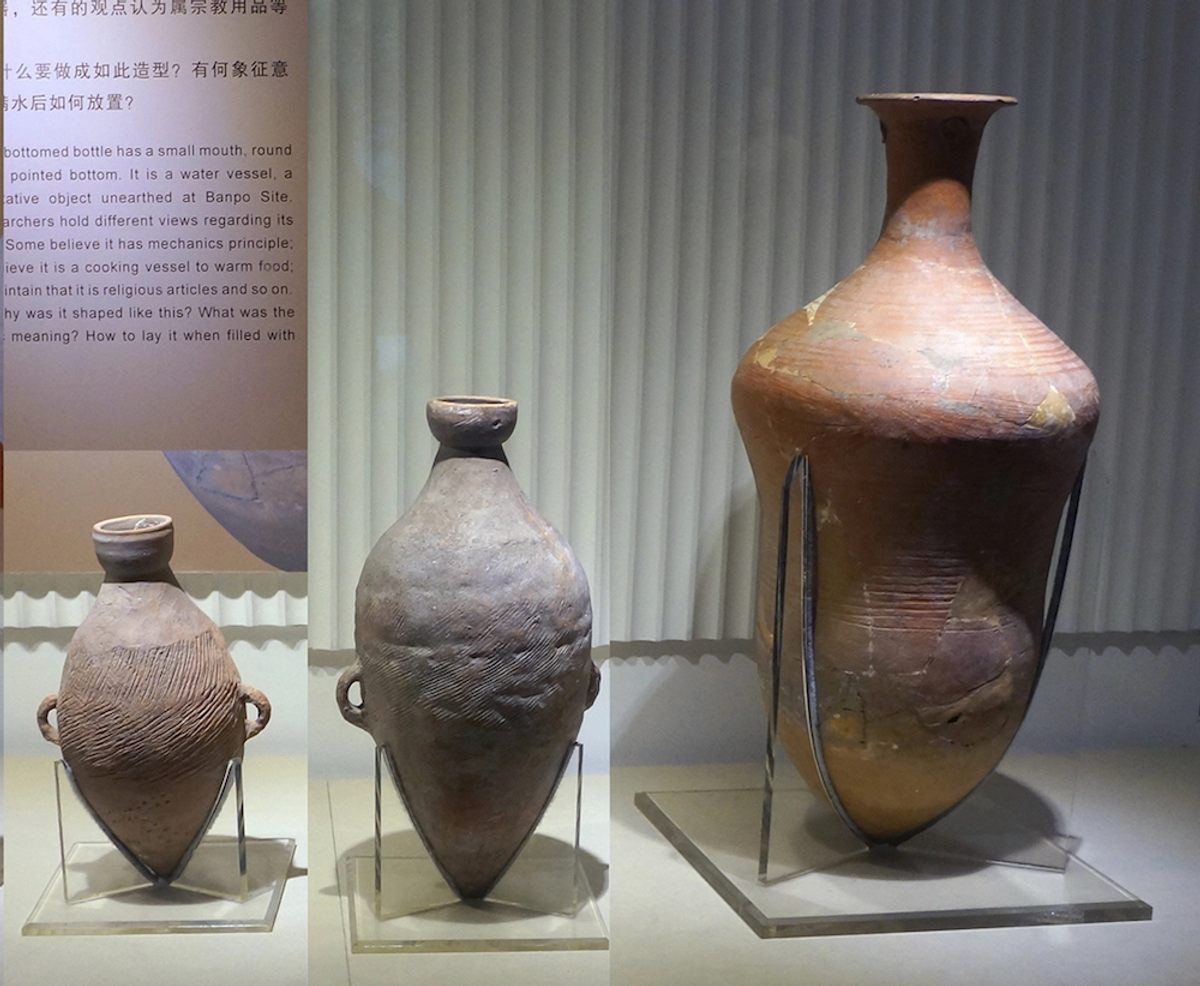
Being able to definitively identify ancient beers is not simply about crafting novelty drinks. Beer is essentially an alcoholic drink created by fermenting a grain, such as barley, wheat, or corn kernels. Much like ancient evidence of bread, then, identifying ancient beers can offer clues to some of humanity’s earliest farming societies.
When and why humanity began the shift from wild food–gathering to settled agriculture is a major question in archaeology because it points to the origins of revolutionary changes that shaped communities the world over. Scholars know that transition occurred independently around the same rough time period—about 12,000 years ago in certain regions.
In 2018, Stanford University researchers, led by archaeologist Li Liu, found what is so far the oldest direct evidence of brewing beer. They identified traces of fermented grains on 13,000-year-old stone mortars found in a cave on Israel’s northern coast, at a site identified as a Natufian cemetery.
The location suggests the Natufians—a hunter-gatherer group that lived along the eastern Mediterranean from 15,000 to 11,000 years ago—used beer in honoring the dead. The beer’s age—between 13,700 and 11,700 years old—is a surprise. The beverage is roughly as old as the oldest Natufian bread, from between 14,600 and 11,600 years ago, discovered at a nearby site in Jordan.
Findings published last year from China suggest beer may have existed in some societies from the very first efforts to domesticate local flora. Liu and her colleagues examined vessels and residue from archaeological sites in the country’s Yellow River Valley and concluded that people used a grain-based starter, called qu, for making a beer-like drink as early as 8,000 years ago, during the early period of plant domestication in that region. Like the Natufian discovery, these vessels also came from sites that included burials, suggesting beer played a role in mourning or death rituals.
“We will probably never find out which was first, beer or bread,” Liu says. In fact, some scholars ascribe to a theory, first put forward in 1953, that beer—not bread—drove the advent of farming. Bread is a source of food, whereas beer’s alcoholic content may point toward more social or cultural practices rather than purely nutritional purposes. If beer predates agriculture or even bread, it provides a clue to the inner life and social complexity of pre-agrarian peoples.
“We have to acknowledge in all of this that alcohol is not just for sustenance,” Liu said. “Alcohol, or growing grain for making alcohol, indicates the presence or need for imaginative, artistic, or spiritual elements in life. These elements of the past are often hard to see in archaeology, but beer can tell us a lot about them.”
Evidence of beer found at burial sites speaks to that idea. And another powerful example comes from centuries-old Wari traditions in what is now Peru. Between about 600 and 1000, the Wari empire spanned parts of the central Andes. The Wari crafted a variety of chicha (a name for several plant-based beverages that are sometimes fermented) that they used in religious festivals and events intended to build loyalty among the leaders of allied groups or conquered peoples.
“It looks like they actually structured the expansion of their empire around places where they could get the ingredients for [their] chicha,” says archaeologist Donna Nash, of the University of North Carolina, Greensboro.

Beer’s contemporary cultural cache can also explain the explosion in archaeological research into this beverage. In the 2000s and 2010s, for example, craft beer sales boomed. Industry reports note that even though the growth in this market has slowed in the last five years, craft beer sales still outpaced those of established brands in 2019. From 2015 to 2020, craft beer revenue increased by more than 4 percent a year, according to IBISWorld.
Ryan Williams, the head of anthropology at the Field Museum in Chicago, believes that part of ancient beer’s appeal is its connection to other cultures. “Recognizing that there was also a form of identity around beer thousands of years ago is something both archaeologists and other people can relate so closely to,” he says.
Meanwhile, Hopwood, working with Vancouver Island’s Love Shack Libations brewery, sees brewing beer as a complement to her archaeological work. “Excavation work is destructive,” she notes, whereas these beer projects are creative. “We use what we learn in the field and then share experiences with people.”
And creativity is certainly a driving factor in Maeir’s work with Biratenu. “If science fiction is the mad scientist getting eaten by the monster he re-creates,” Maeir says, “this is a case where we managed to re-create the monster and drink it.”
Gastro Obscura covers the world’s most wondrous food and drink.
Sign up for our regular newsletter.



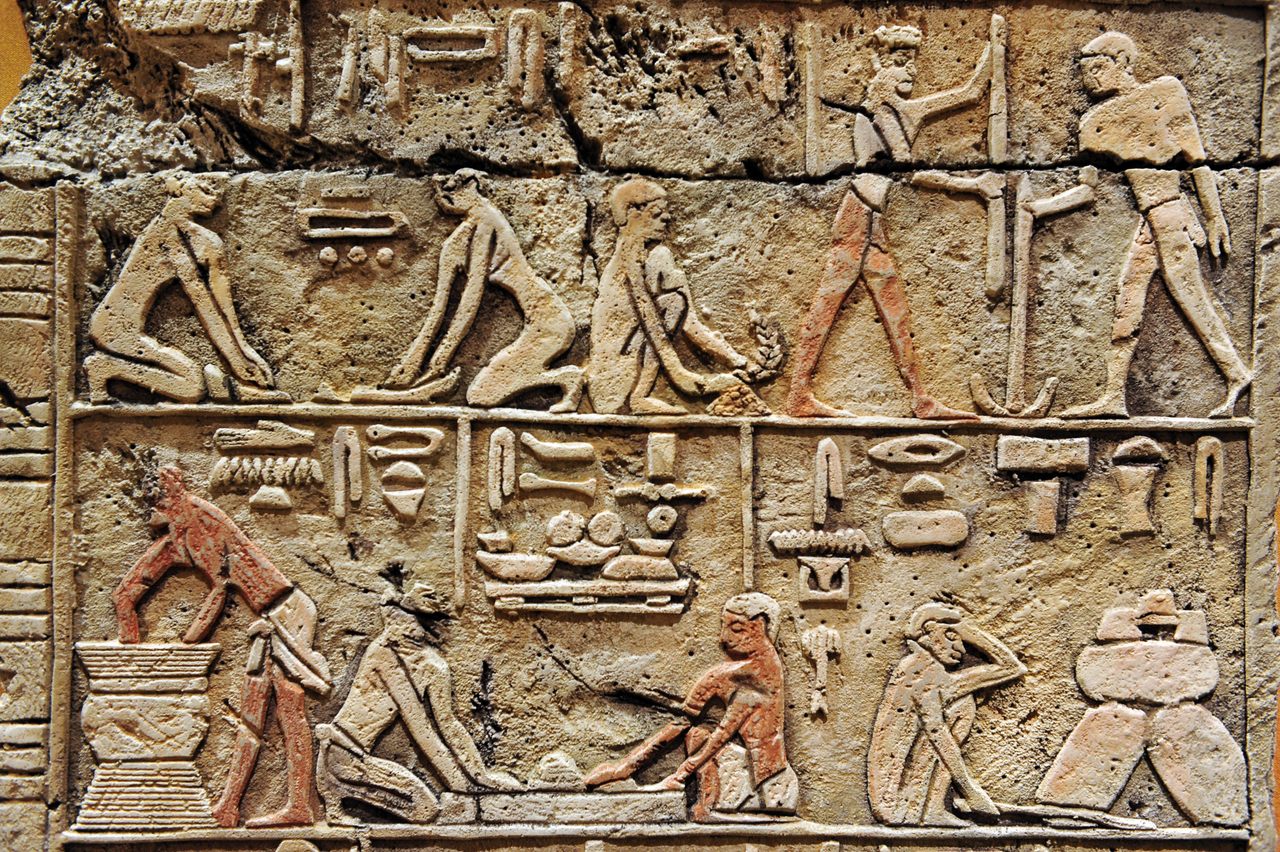

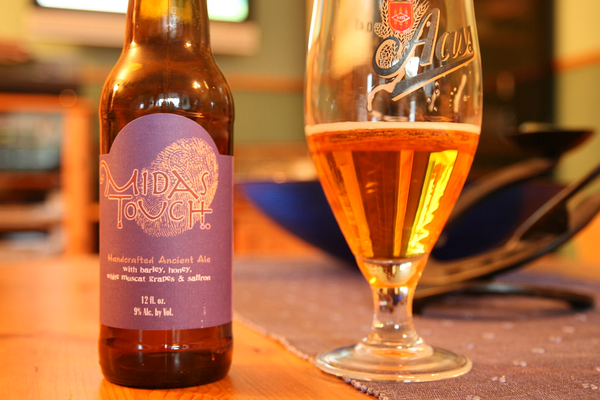
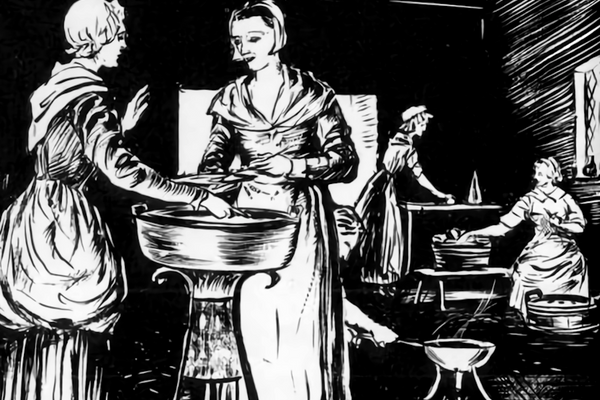
















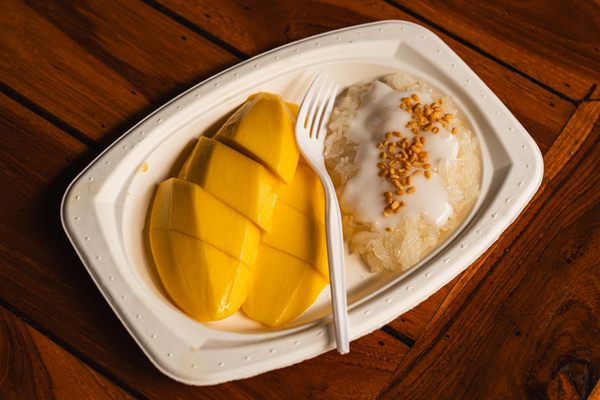




Follow us on Twitter to get the latest on the world's hidden wonders.
Like us on Facebook to get the latest on the world's hidden wonders.
Follow us on Twitter Like us on Facebook